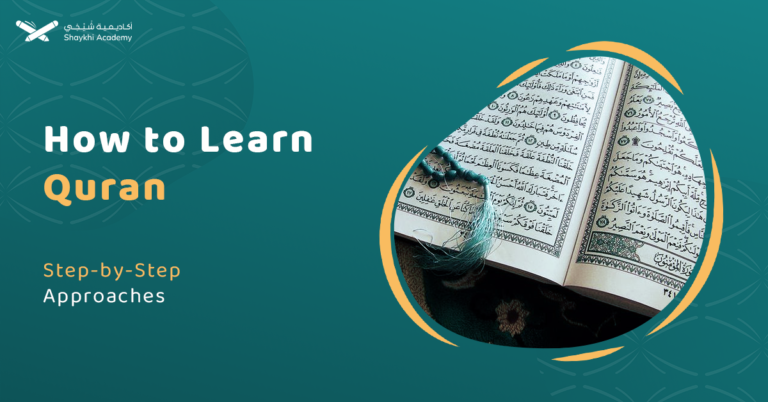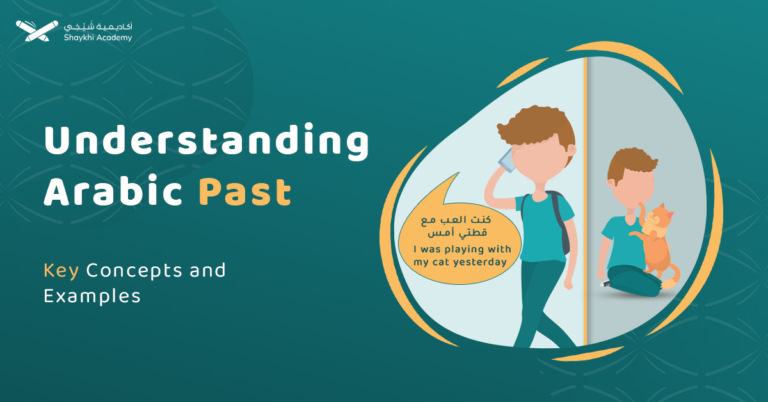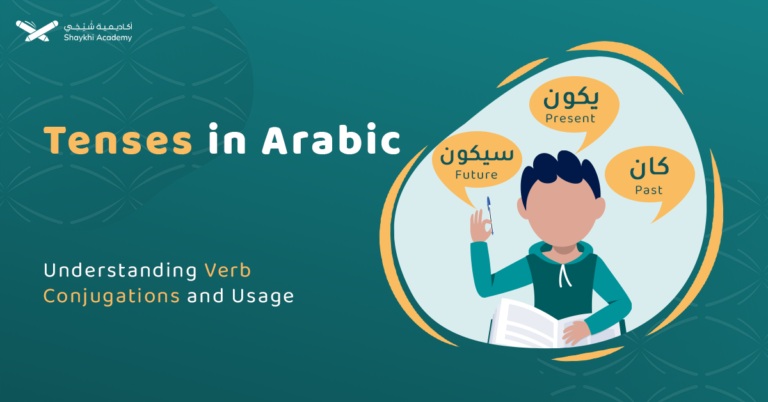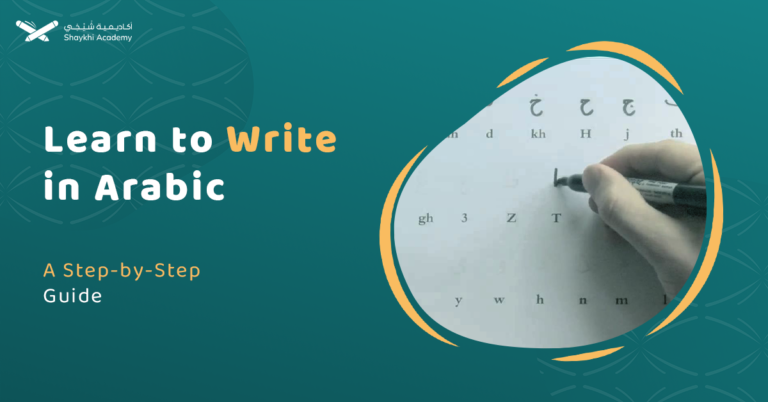
Quran Teacher On Skype: Learn Quran Online By Skype With Top Teachers
In today’s digital age, online Quran teaching via Skype has revolutionized the way individuals can learn and connect with the

In today’s digital age, online Quran teaching via Skype has revolutionized the way individuals can learn and connect with the

Learning the Quran is vital for Muslims as it provides spiritual guidance, ethical values, and mentorship essential for personal growth

The Holy Quran is the word of Allah Almighty, revealed to His Prophet Muhammad (peace be upon him). It serves

Interactive Quran learning leverages technology to engage students in a dynamic educational experience and encourages active participation through discussions and

Being a teacher is not an easy matter as a general rule. So what about being a Quran teacher! Accession

All Muslims hope they will learn the Quran as it has a great place in our hearts. The Quran is

Gamification is one of the learning approaches to building an effective learning environment, especially for your kids. It is important

In Arabic past tense, the action has already been accomplished. It stands for events, actions, and situations that started in

Arabic verbs (أفعال / Af’aāl are underpinned on a set of two to five (often three) letters called a word

One of the basic skills when talking about Arabic Learning is how to learn to write in Arabic. Mastering Arabic

Academic books play a pivotal role in facilitating the learning of the Arabic language, serving as essential tools for individuals

Allah (subhanahu wa ta’ala) describes the Holy Quran as His divine inspiration and as a light. In Surah Ash-Shuraa, He